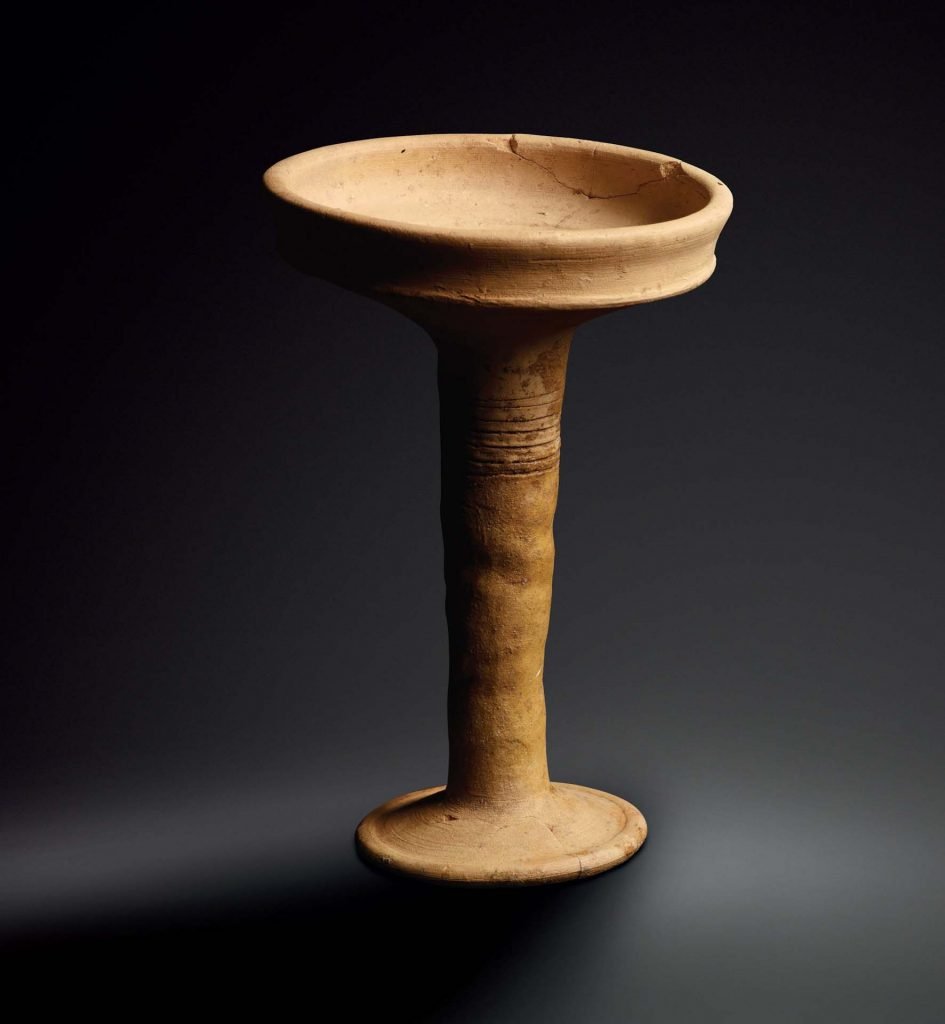CHALCOLITHIC AGE (5500/5000 BCE – 3200 BCE)
With metal starting to replace stone tools, the period when these two materials were used together is called the Chalcolithic (Metal-Stone) Age. Production technologies, trade, and the economy show progress with metal, especially copper.
Fruitbowl, Terracotta
SETTLEMENT CENTERS IN THE CHALCOLITHIC AGE
Hacılar settlement near Burdur was the most important centre of the Chalcolithic Age in Anatolia where we saw the first copper tools appear around 5500 BCE. Other centres of Chalcolithic Age in Anatolia were Alişar (Sorgun, Yozgat), Alacahöyük (Alaca, Çorum), Kuruçay (Kuruçay, Burdur), Beycesultan (Çivril, Denizli), Karataş-Semayük (Elmalı, Antalya), Can Hasan (Alaçatı, Karaman), Yumuktepe (Toroslar, Mersin), Tarsus (Mersin), Karaz (Karaz, Erzurum), Tepecik/Makaraz (Tepecik, Elazığ), Değirmentepe (Battalgazi, Malatya), Norşuntepe (Alişam, Elazığ) and Fikirtepe (Kadıköy, İstanbul).
PRODUCTION IN THE CHALCOLITHIC AGE
New forms of pottery and effects of regional decorations spread to areas far and wide with the concept of thriving commerce. Pieces such as murals, figurines, pottery decorations, jewelry, and seals show art progress during this period. Workshops for pottery (Hacılar, Burdur), jewelery (Aşağı Pınar, Kırklareli), stoneware, figurine (Kulaksızlar, Manisa), and metal (Yumuktepe, Mersin – Norşuntepe, Elazığ) are important in terms of showing the tools used in production and the stages of the production itself.
For more, you can visit our exhibition. Click for contact information.
How can we help you?


